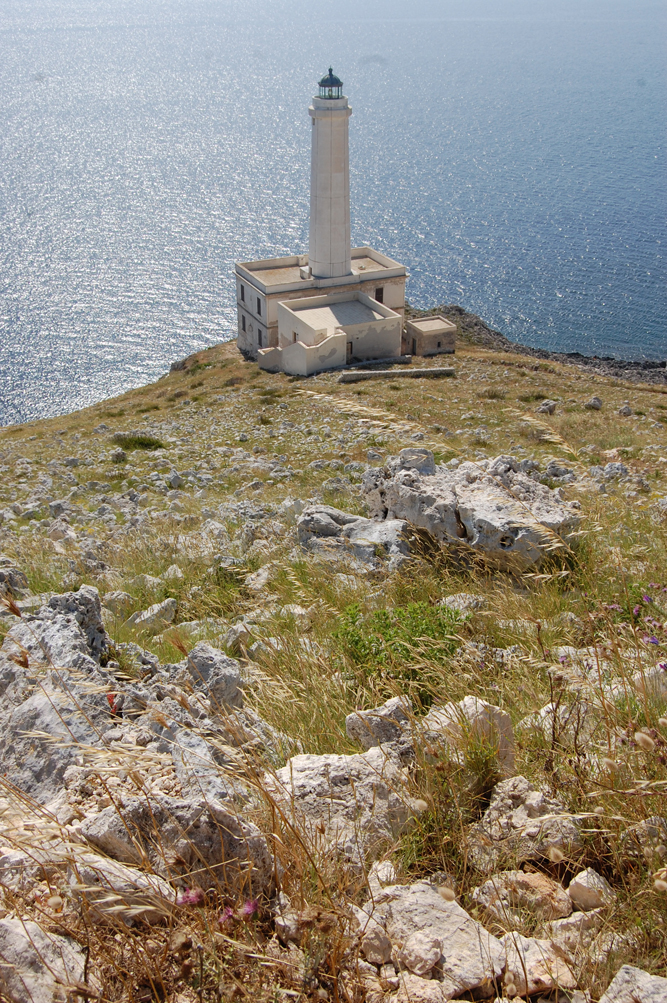
Then we go to see an ancient masseria of Otranto: Masseria Panareo to discover the tradition of Saint Joseph’ Tables. On the table there are big pieces of bread like wheels.
In March the most popular feast is dedicated to St. Joseph. It is celebrated on the 18th and the 19th of March especially in the area near Otranto, on the Adriatic sea, in small villages like Minervino, Cocumola, Vignacastrisi, Giurdignano and Uggiano la Chiesa.
The faithful people set 40 m long tables in the main square to celebrate St. Joseph. At home tables are set for three or for thirteen people and each guest has to play a Saint, celebrated in the Western Catholic tradition.
The Saints taste as much as nine dishes that represent the traditional Salento’ cuisine and have a strong symbolic value.
The Holy Family, Mary, Joseph and Jesus sits at the table together with ten Saints: Sant’Anna, Santa Elisabetta, San Zaccaria, San Gioacchino, San Filippo, San Giovanni, Santa Maria Cleofe, Sant’Agnese and San Giuseppe D’Arimatea.
The table is covered with embroidered table-cloths and flowers. The main dish is the "massa" a particular type of home-made pasta and chickpeas that represents the colours of narcissus, a Spring flower. The "pampasciuni", a kind of wild onion are served in oil or in pickle and symbolizes the passage from Winter to Spring, fried fish is reminiscent of Jesus, cauliflower reminds us of St. Joseph’s blooming stick, ncartiddate (strips of pastry arranged in rose shapes coated with honey) represent the swaddling-clothes of infant Jesus, while stockfish was eaten during the celebrations.
According to the ritual St. Joseph sits at the head of the table. He tastes the food, after banging his stick twice the guests can join in, if St. Joseph moves on to another dish then all the other Saints must do the same thing.












![]()
![]()
![]() Privacy Policy Legal Information; | Photos are the property of Carmen Mancarella | Copyright © 2012 Mediterraneantourism.it. ALL RIGHTS RESERVED.
Privacy Policy Legal Information; | Photos are the property of Carmen Mancarella | Copyright © 2012 Mediterraneantourism.it. ALL RIGHTS RESERVED.